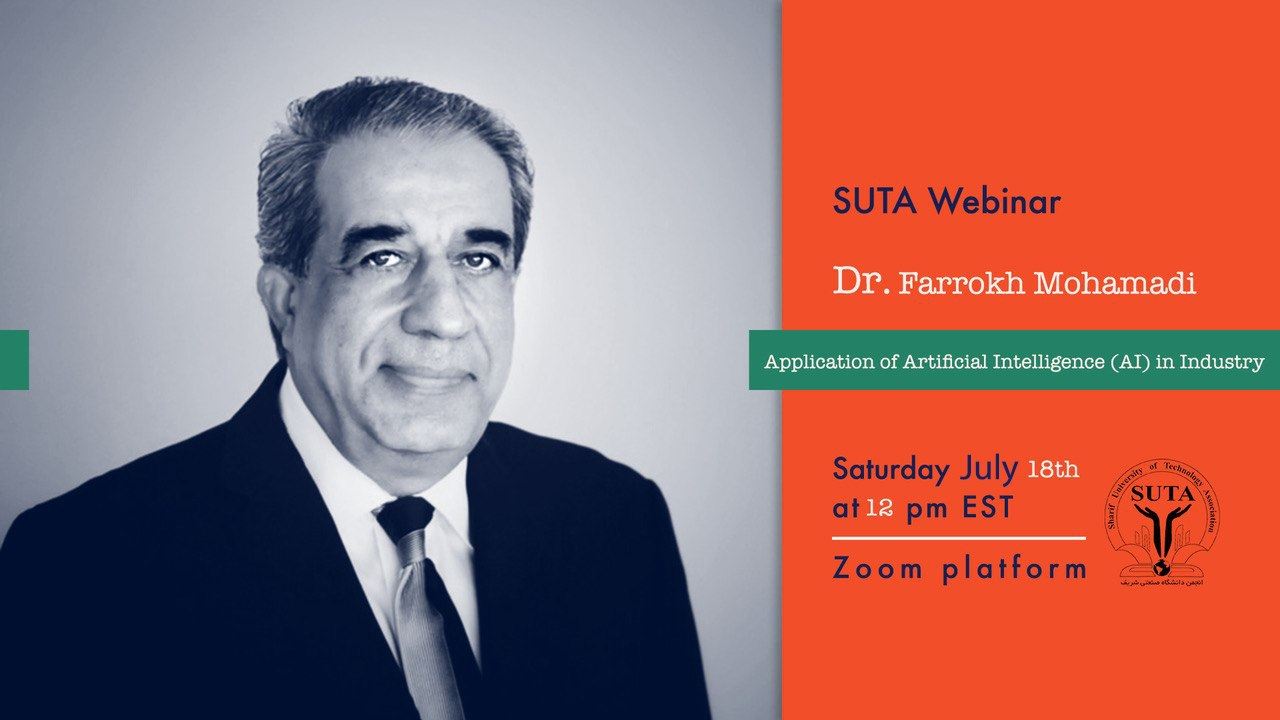
https://zoom.us/j/4042333080
Dr. Farrokh Mohamadi has nearly forty years of experience with diverse, multi-disciplined careers addressing state-of-the-art technologies and the development of semiconductor and sub-system products. During past decades, he has led the development and launch of more than twenty innovative systems by fusing multiple sensors. He has launched first-in-the-industry drones and land robots integrated with fused sensors for a variety of land and aerial applications. Lately, he has been addressing machine vision and neural networks applications to identify objects in a clutter, as well as pattern recognition algorithms for collision avoidance of autonomous systems.
He has had the privilege of working with many brilliant and industrious Iranian technical staff over the past four decades. Many of the innovative product launches are the result of teamwork by his Iranian-American, and international team members.
Dr. Mohamadi has authored dozens of peer reviewed technical papers related to the properties of heavy metals and large scale chip interconnects and integrated circuit manufacturing, owns 73 granted U.S. patents and 15 pending patents related to the applications of Machine Learning and Computer Vision, RF Beamforming, Scanner Imaging, distributed polarized EHF and SHF antenna arrays, wafer scale integration of active arrays, clock distribution at extreme speeds, non-volatile memory cells, high voltage Si based devices, and polarized W-band Transmitter-Receivers.
He received his B.S.E.E. from Sharif University, M.S.E.E. and Ph.D.E.E. from Stanford University, and an MBA from Santa Clara University.
Abstract- More flexible production, greater productivity, and the development of new business models are all possible today thanks to digital solutions. But the future of industry offers even more potential: Cutting-edge technologies such as artificial intelligence (AI) will create new opportunities for both discrete and process industries to fulfill their customers’ individual requirements. A brief review of the computing technology advances leading to the evolution of AI will be addressed. Few examples of the image recognition used for agriculture, medical and financial industries will be presented.
